
George Bentham was an English botanist, described by the weed botanist Duane Isely as "the premier systematic botanist of the nineteenth century". Born into a distinguished family, he initially studied law, but had a fascination with botany from an early age, which he soon pursued, becoming president of the Linnaean Society in 1861, and a fellow of the Royal Society in 1862. He was the author of a number of important botanical works, particularly flora. He is best known for his taxonomic classification of plants in collaboration with Joseph Dalton Hooker, his Genera Plantarum (1862–1883). He died in London in 1884.
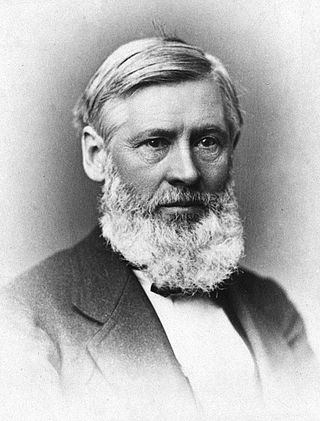
Asa Gray is considered the most important American botanist of the 19th century. His Darwiniana was considered an important explanation of how religion and science were not necessarily mutually exclusive. Gray was adamant that a genetic connection must exist between all members of a species. He was also strongly opposed to the ideas of hybridization within one generation and special creation in the sense of its not allowing for evolution. He was a strong supporter of Darwin, although Gray's theistic evolution was guided by a Creator.
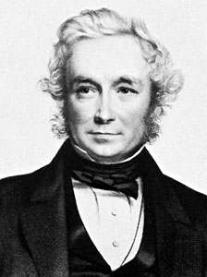
John Stevens Henslow was an English Anglican priest, botanist and geologist. He is best remembered as friend and mentor to his pupil Charles Darwin.

Constantine Samuel Rafinesque-Schmaltz was a French 19th-century polymath born near Constantinople in the Ottoman Empire and self-educated in France. He traveled as a young man in the United States, ultimately settling in Ohio in 1815, where he made notable contributions to botany, zoology, and the study of prehistoric earthworks in North America. He also contributed to the study of ancient Mesoamerican linguistics, in addition to work he had already completed in Europe.

Alexander Georg von Bunge was a Russian botanist. He is best remembered for scientific expeditions into Asia and especially Siberia.

John Lindley FRS was an English botanist, gardener and orchidologist.

Amos Eaton was an American botanist, geologist, and educator who is considered the founder of the modern scientific prospectus in education, which was a radical departure from the American liberal arts tradition of classics, theology, lecture, and recitation. Eaton co-founded the Rensselaer School in 1824 with Stephen van Rensselaer III "in the application of science to the common purposes of life". His books in the eighteenth century were among the first published for which a systematic treatment of the United States was attempted, and in a language that all could read. His teaching laboratory for botany in the 1820s was the first of its kind in the country. Eaton's popular lectures and writings inspired numerous thinkers, in particular women, whom he encouraged to attend his public talks on experimental philosophy. Emma Willard would found the Troy Female Seminary, and Mary Mason Lyon, the Mount Holyoke Female Seminary. Eaton held the rank of senior professor at Rensselaer until his death in 1842.

Amos Beebe Eaton was a career officer in the United States Army, serving as a general for the Union during the American Civil War.
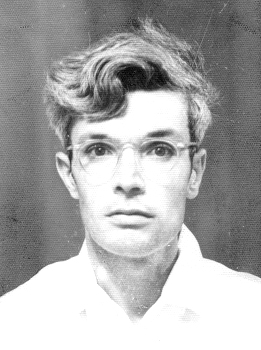
Willem Meijer was a Dutch botanist and plant collector.

E. Lucy Braun was a prominent botanist, ecologist, and expert on the forests of the eastern United States who was a professor of the University of Cincinnati. She was the first woman to be elected President of the Ecological Society of America, in 1950. She was an environmentalist before the term was popularized, and a pioneering woman in her field, winning many awards for her work.

John Leonard Riddell was a science lecturer, botanist, geologist, medical doctor, chemist, microscopist, numismatist, politician, and science fiction author in the United States. He was born in Leyden, Massachusetts, the son of John Riddell and Lephe Gates. He received his B.A. and M.A. at Rensselaer Polytechnic Institute from professor Amos Eaton and his M.D. from Cincinnati College in 1836.
Eaton is an English surname, and may refer to:

William Ashbrook Kellerman was an American botanist, mycologist and photographer.
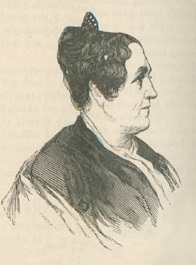
Almira Hart Lincoln Phelps was an American scientist, educator, author, and editor. Her botany writings influenced more early American women to be botanists, including Eunice Newton Foote and her daughter, Augusta Newton Foote Arnold. Though she primarily wrote regarding nature, she also was a writer of novels, essays, and memoir. The standard author abbreviation A.Phelps is used to indicate this person as the author when citing a botanical name.
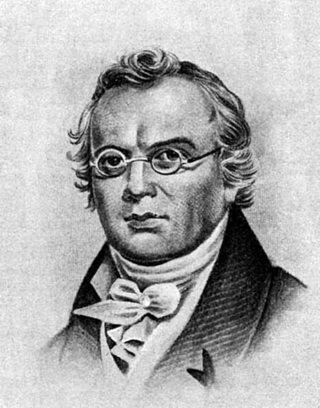
Stephen Elliott was an American legislator, banker, educator, and botanist who is today remembered for having written one of the most important works in American botany, A Sketch of the Botany of South-Carolina and Georgia. The plant genus Elliottia is named after him.
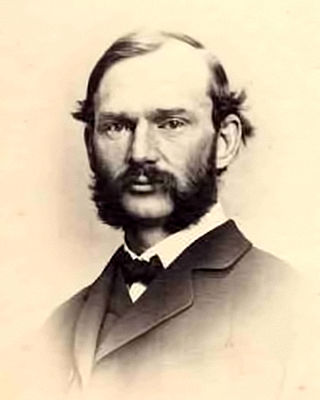
Daniel Cady Eaton was an American botanist and author. After studies at the Rensselaer Institute in Troy and Russell's military school in New Haven, he gained his bachelor's degree at Yale College, then went on to Harvard University, where he studied with Asa Gray. He then went to Yale University's Sheffield Scientific School in 1864, where he was a botany professor and herbarium curator. Eaton is the grandson of Amos Eaton.
Lewis Caleb Beck was an American physician, botanist, chemist, and mineralogist. The standard author abbreviation L.C.Beck is used to indicate this person as the author when citing a botanical name.

Townshend Stith Brandegee was an American botanist. He was an authority on the flora of Baja California and the Channel Islands of California.

Charles Wilkins Short was an American botanist. He primarily worked in the state of Kentucky. Short discovered several species of plants and has six species of plants named after him. He attended Transylvania University and the University of Pennsylvania. In addition to being a botanist, he practiced medicine and taught materia medica. Short also owned a sizable herbarium. Short retired from teaching in 1849.
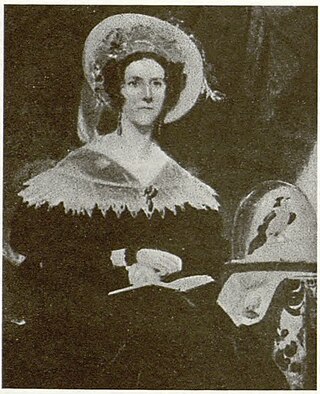
Christian Ramsay, Countess of Dalhousie informally Lady Dalhousie, néeBroun; was a Scottish botanist and natural historian. She married George Ramsay, 9th Earl of Dalhousie and travelled with him when he was appointed Lieutenant Governor of Nova Scotia, Governor General of Canada and Commander in Chief of the Indian Army. While travelling, she collected and catalogued many species of plants, presented scientific papers to societies and donated many collections to different botanical groups.


















